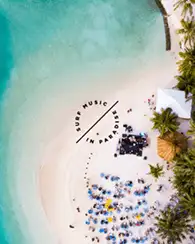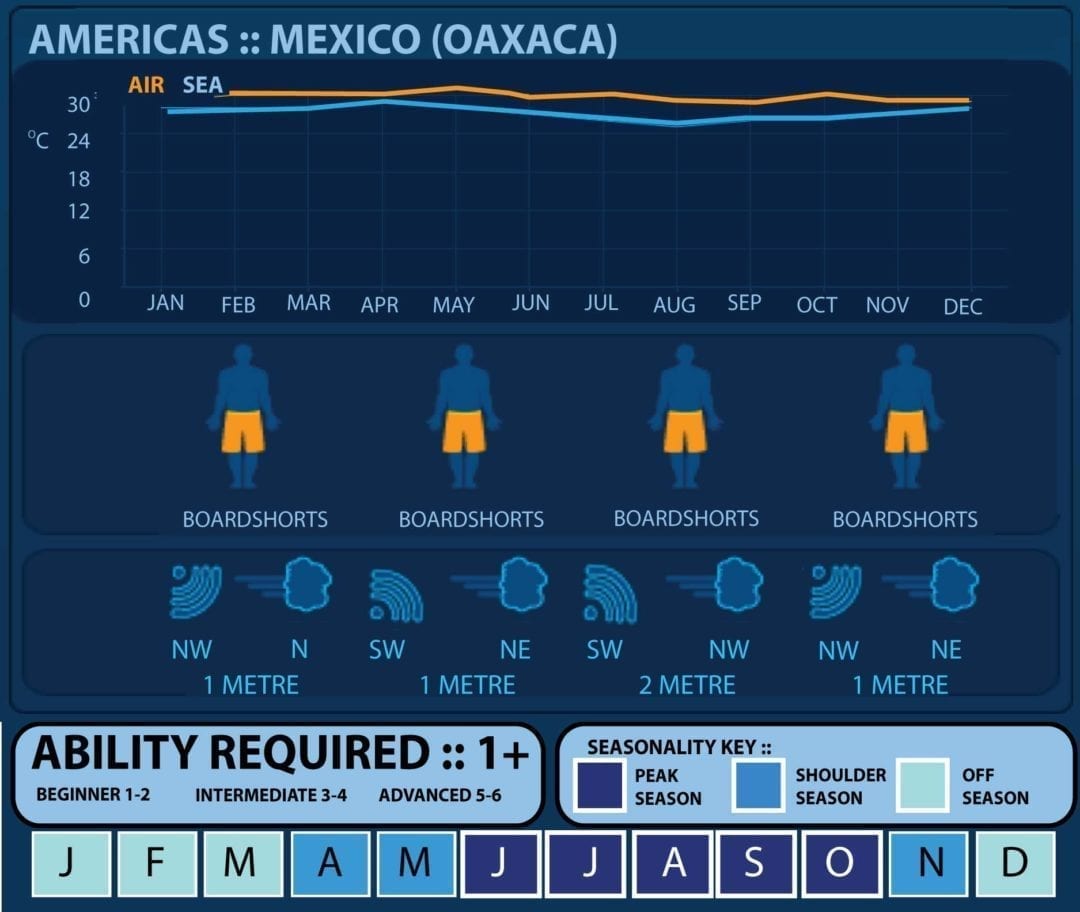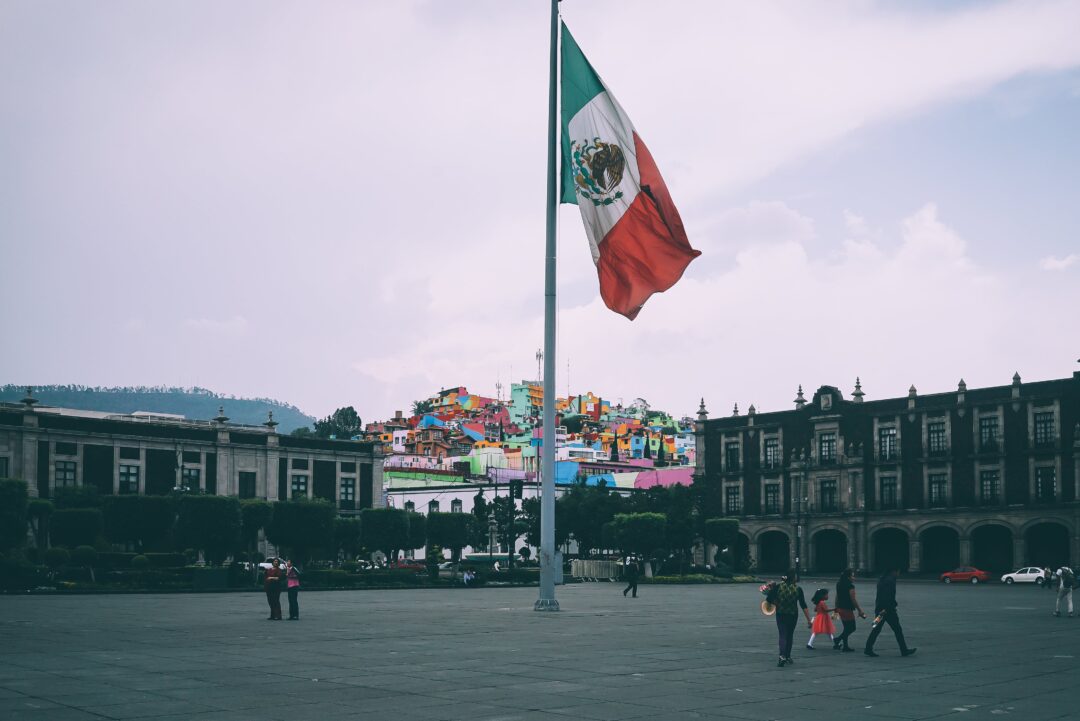Mexico Surf Travel Guide
The Pacific Coast of Mexico, from the arid north to the tropical south, has some of the most; powerful, consistent and uncrowded surf on the planet. Surf is available all year around and it’s rarely flat for long on most stretches of the coast. With Mayan Ruins, picturesque villages, heavy beach breaks and perfect point breaks there is so much to see and so many different waves for all kinds of surfers searching for perfect waves and adventure.
Quick Facts
Mexico has over 6000 miles of coastline with over 1500 miles on the mainland Pacific.
There’s a huge variety of breaks and plenty of swell.
Very consistent and uncrowded waves away from the well-known breaks.
A huge range of accommodation to suit every budget.
Best Surf Breaks
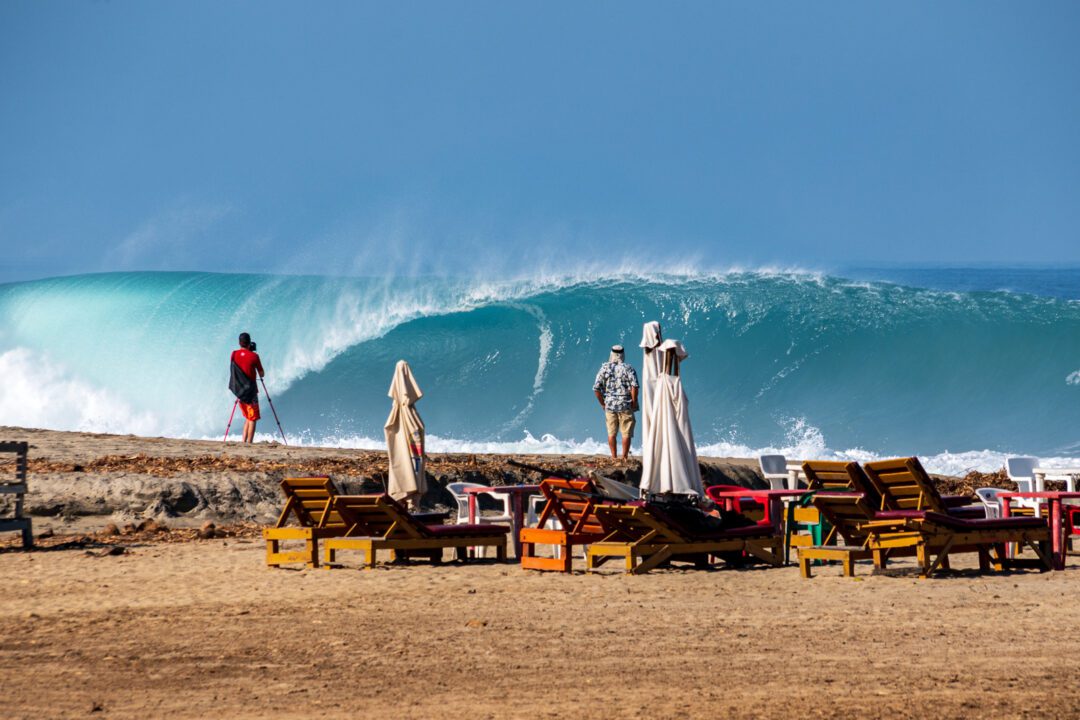

Puerto Escondido
OAXACA
One of the best big wave beachbreaks in the world and one of its finest surf towns.
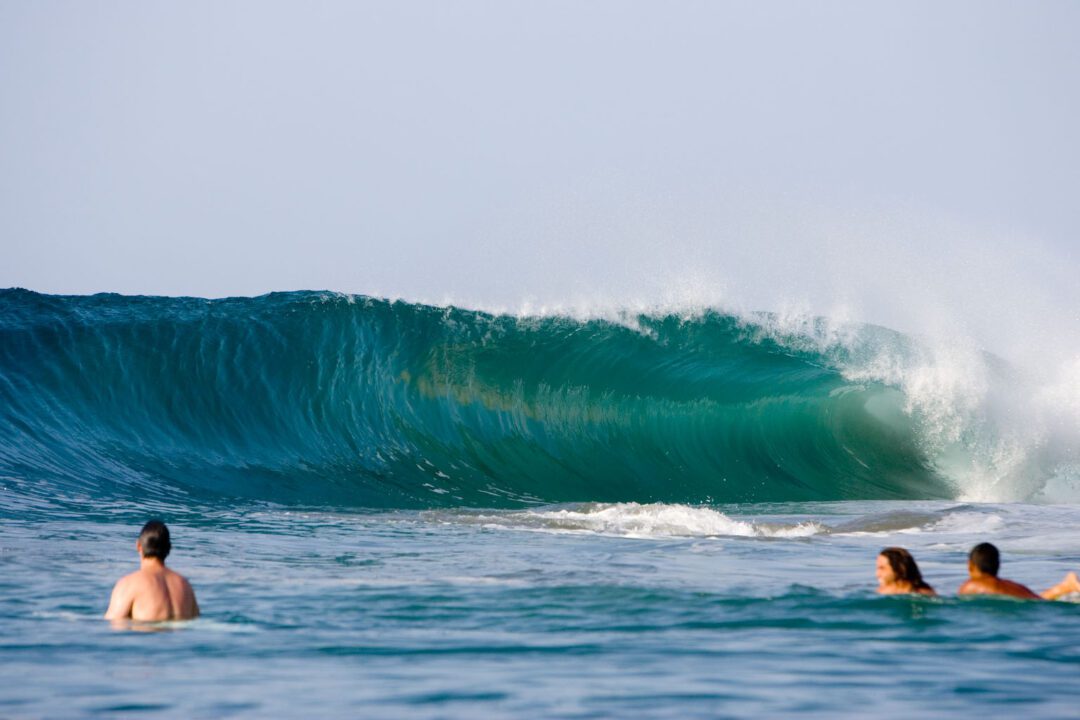

Barra de la Cruz
The most well-known wave in the area, Barra de la Cruz is a “perfect” right-hand point break with a barreling section up top that gives way to walls perfect for big turns all the way into the bay
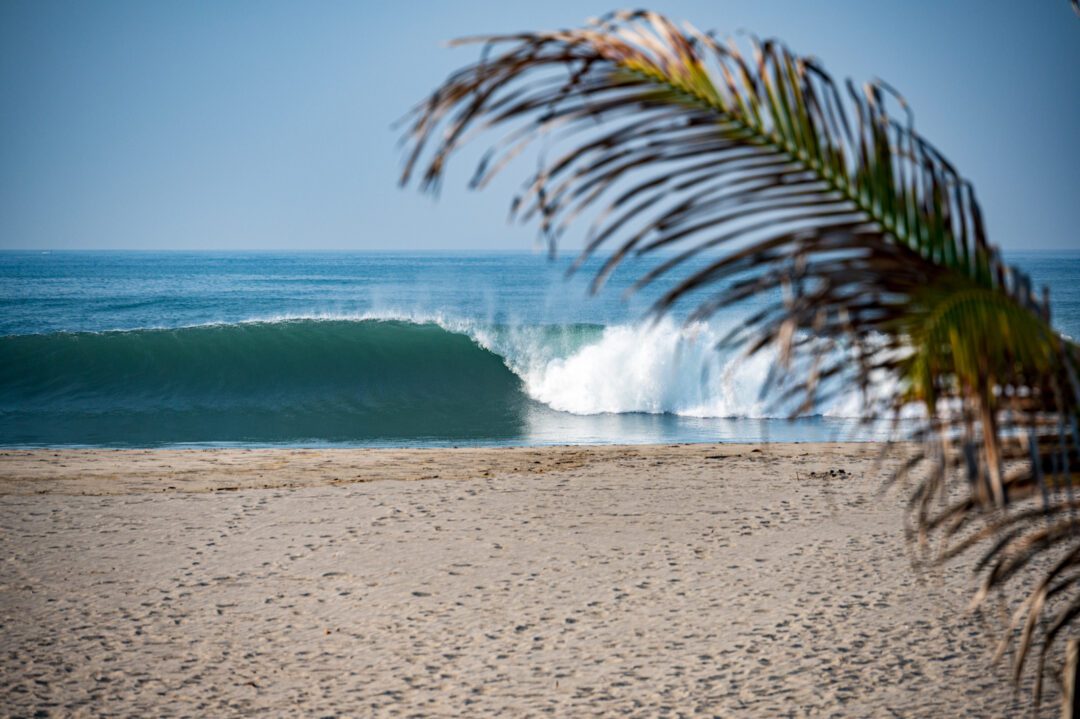

Playa Mojon
The powerful and punchy right point break at Playa el Mojon. While it offers good turn sections, it’s prime for barrels. You’d be hard pressed to find a sand-bottomed barreling wave like this anywhere else in the world.
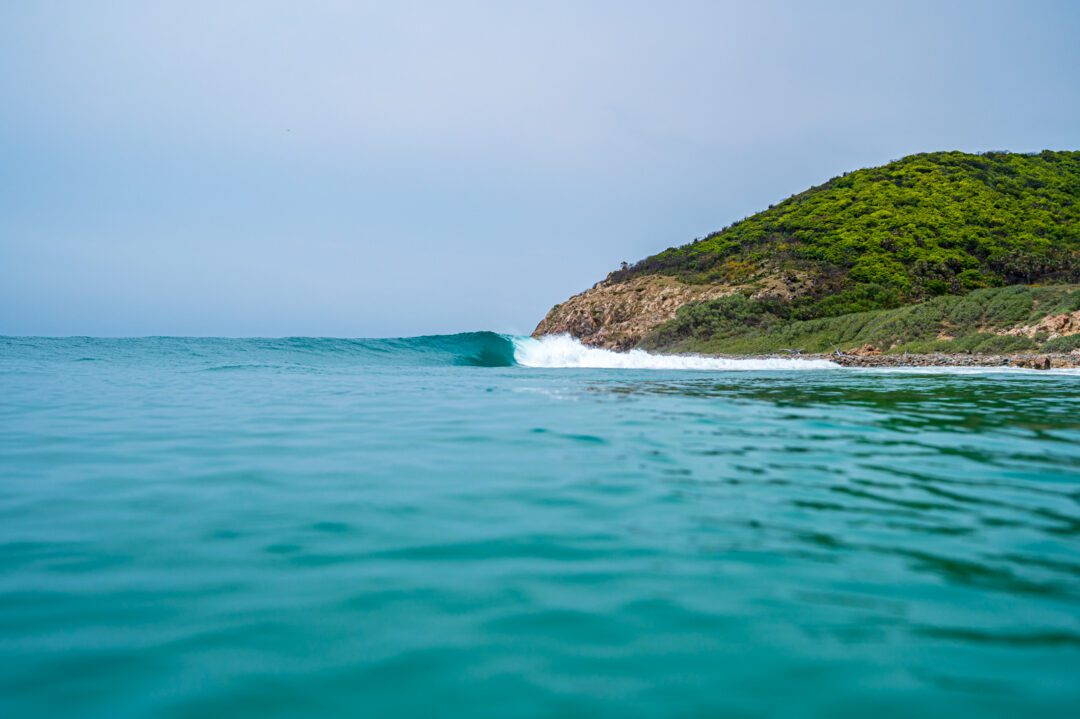

Huatulco
The area surrounding the town of Bahias de Huatulco is chock full of world class surf with Salina Cruz still within striking distance. From the local beach breaks to neighboring point breaks such as Barra de la Cruz, this area is the ultimate in wave-rich coastline.
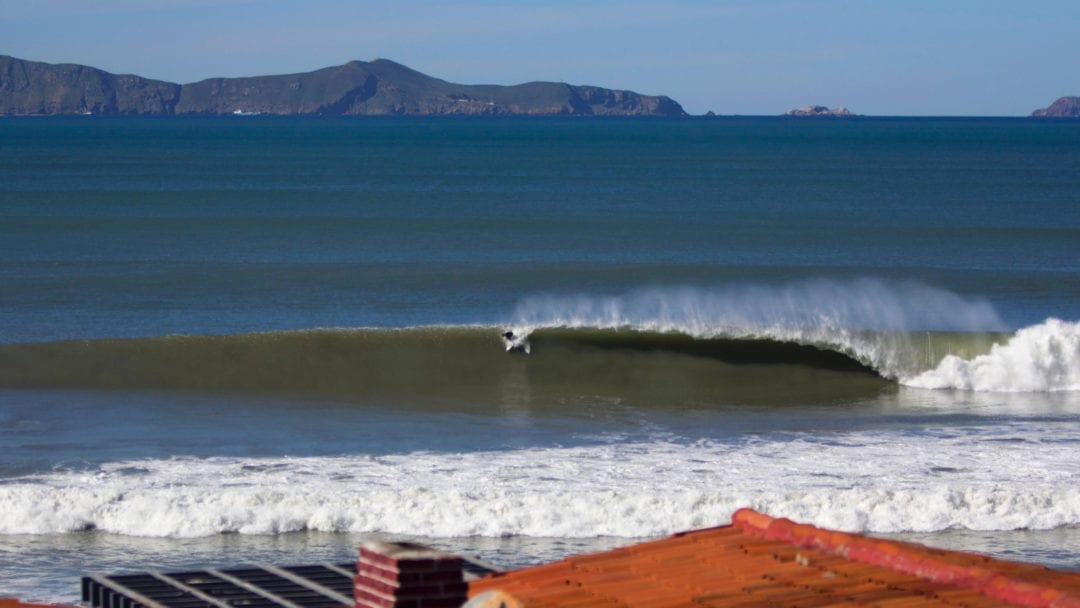

Ensenada
BAJA CALIFORNIA
Good surfing in Santo Tomas north of town. Camping available. Best time is autumn and winter – take a wetsuit.
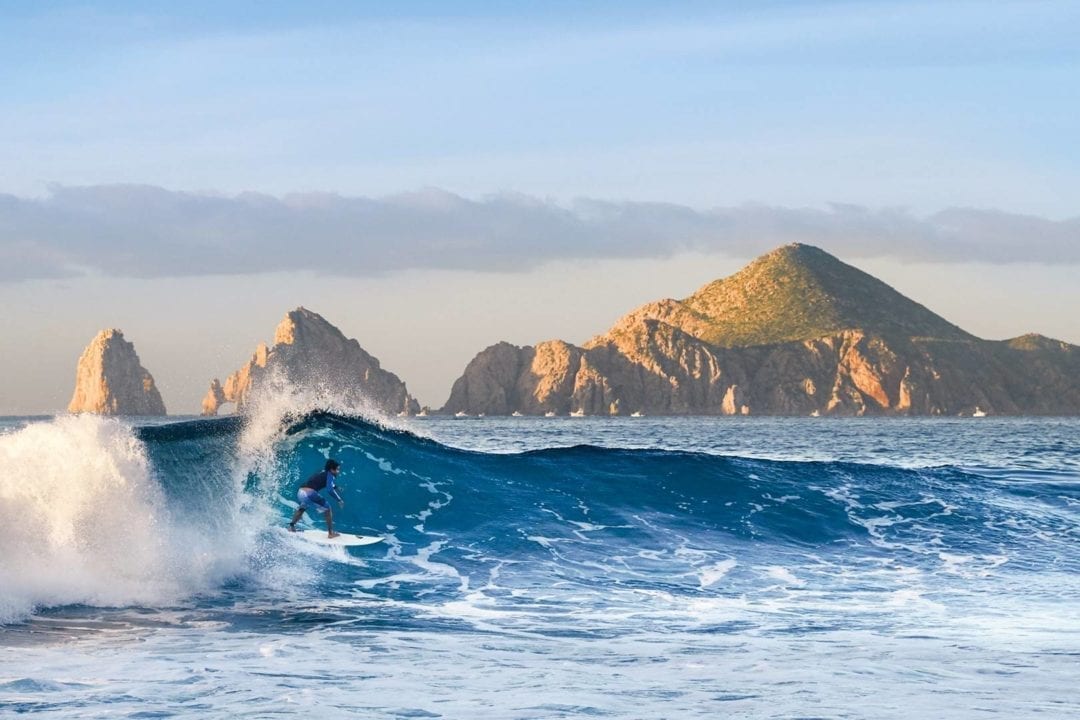

Los Cabos
BAJA CALFORNIA
Surf spots mainly outside the resorts, on the Pacific near Todos Santos
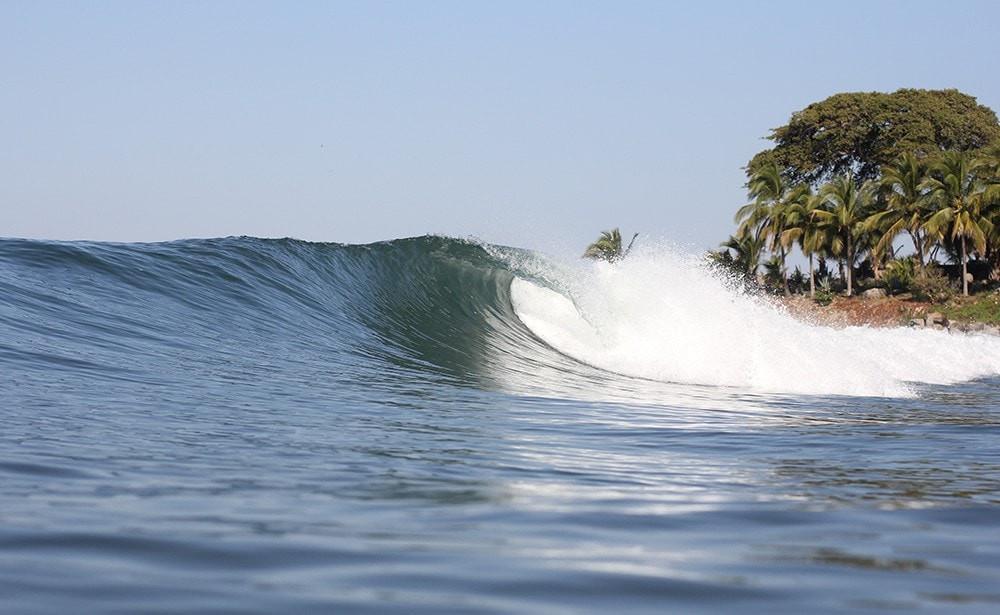

Punta de Mita
NAYARIT
Good waves off the beach near the end of the point in Banderas Bay
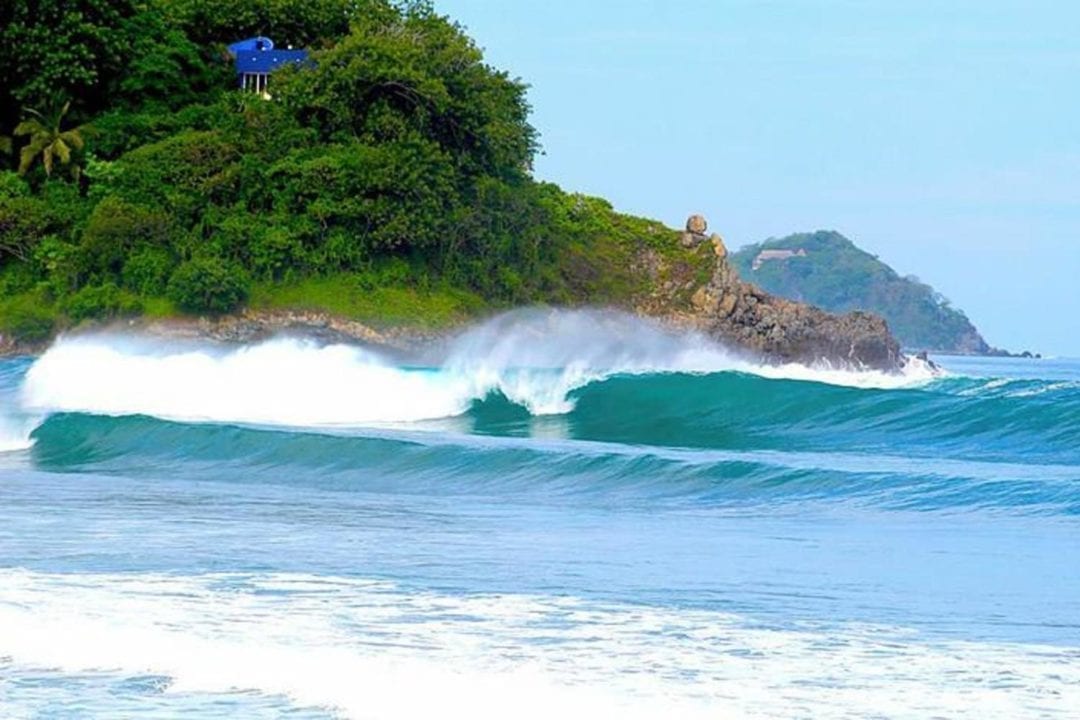

Sayulita
NAYARIT
Good waves, a large surf community with beaches that catch the north swells from December through early April.
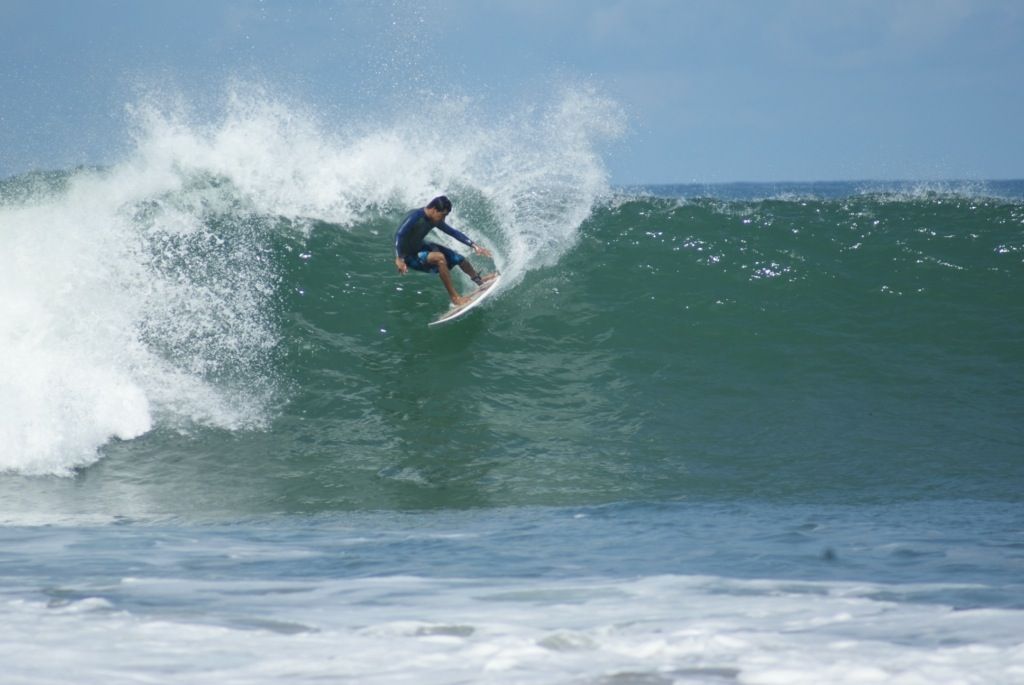

San Pancho
NAYARIT
Smaller waves here, so great for beginners. Better options for Intermediates in Sayulita (10 minutes by car).
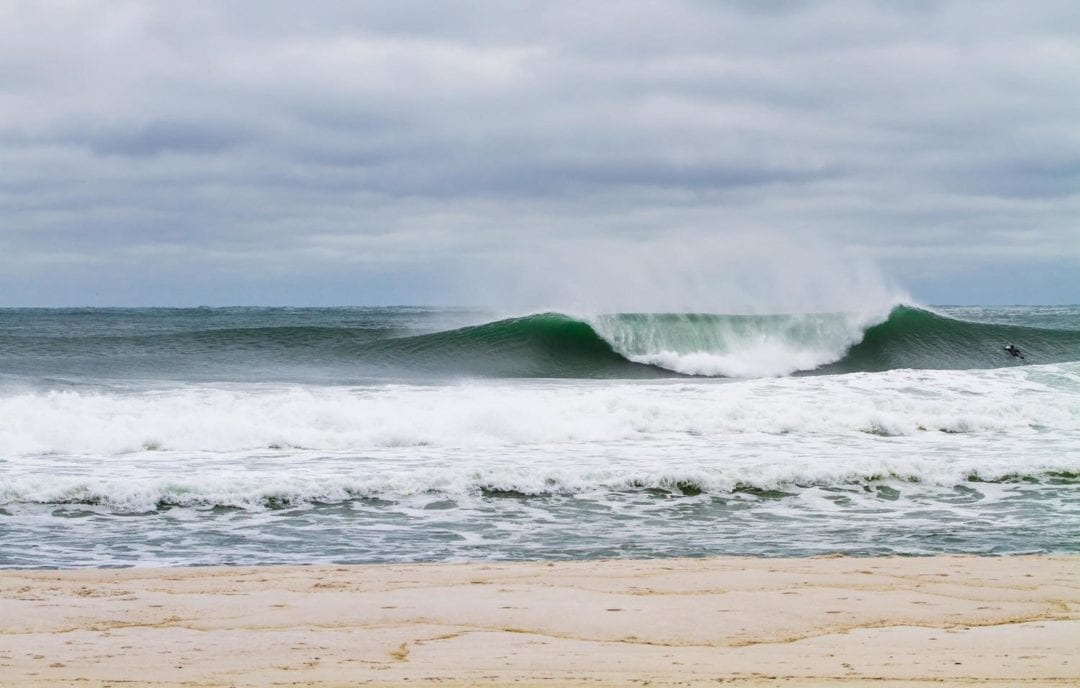

San Blas
NAYARIT
Las Islitas was once famous for the longest wave in the world – now a good jetty and shore break at Borrego Beach. Best surf is in the summer. Surfers hang out at Pompis Ramada on Borrego.
Mexico Surf Season
April to October is the main surf season and with nice weather, warm water temperatures and good waves. South swells are generated this time of year by deep Southern Ocean low pressure systems, topped up by the hurricane season between June and October. The Northern Hemisphere winter is less consistent, but the northwest swells do filter into the points, reefs, and bombies in Baja, as well as to the beach breaks down in Mainland Mexico.
Attractions
A stopover in Mexico City is a must and should include a climb up the ancient Aztec pyramids of the moon and the sun. Also don’t miss out on the ancient temples of the Yucatan Peninsula, which still stand tall after all these years. Tulum is a favourite spot for looking out over the softly crashing waves and partying the night way. Ziplining and whitewater rafting are offered at several areas around the country. Always visit the local markets and taste real Mexican food, it’s worth the airfare alone.
The Country
Mexico is a huge country, boasting an impressive landmass of 1,972,551 square kilometres (761,606 square miles). The diversity of landscapes here is impressive, from sun-bleached deserts to tropical rainforests. Aztecs and Mayans made their homes here during the time of pre-Columbian Mexico. European colonists took over the land, wiping out much of the native population. It wasn’t until the early 1800’s that Mexico gained its independence from Spain. Today the country is a vibrant and outward looking and offers a mix of city excitement and chilled beach life.
Getting There
Mexico City (MEX), Cancun (CUN) and Puerto Vallarta (PVR) all have international airports. Getting around the country is straightforward, as inexpensive taxis and buses zoom across the landscape. Private transfers between resorts are also common.
Travel Information
Time Zone
Between UTC -5 and UTC -8, depending on the region.
Currency
Mexican Peso (MXN)
Calling code
+52
Electric
127V – Plug A, B















